The 1970s was a decade when fashion came down from the catwalk and walked right into daily life. Gone were the strict dress codes of the 50s and 60s. By the time disco balls were spinning and bell bottoms were flaring, 70s everyday wear had become more about personal style, comfort, and a little touch of rebellion. People embraced clothes that let them express themselves from morning to night — whether at the office, lounging at home, or hanging out in the park with friends.
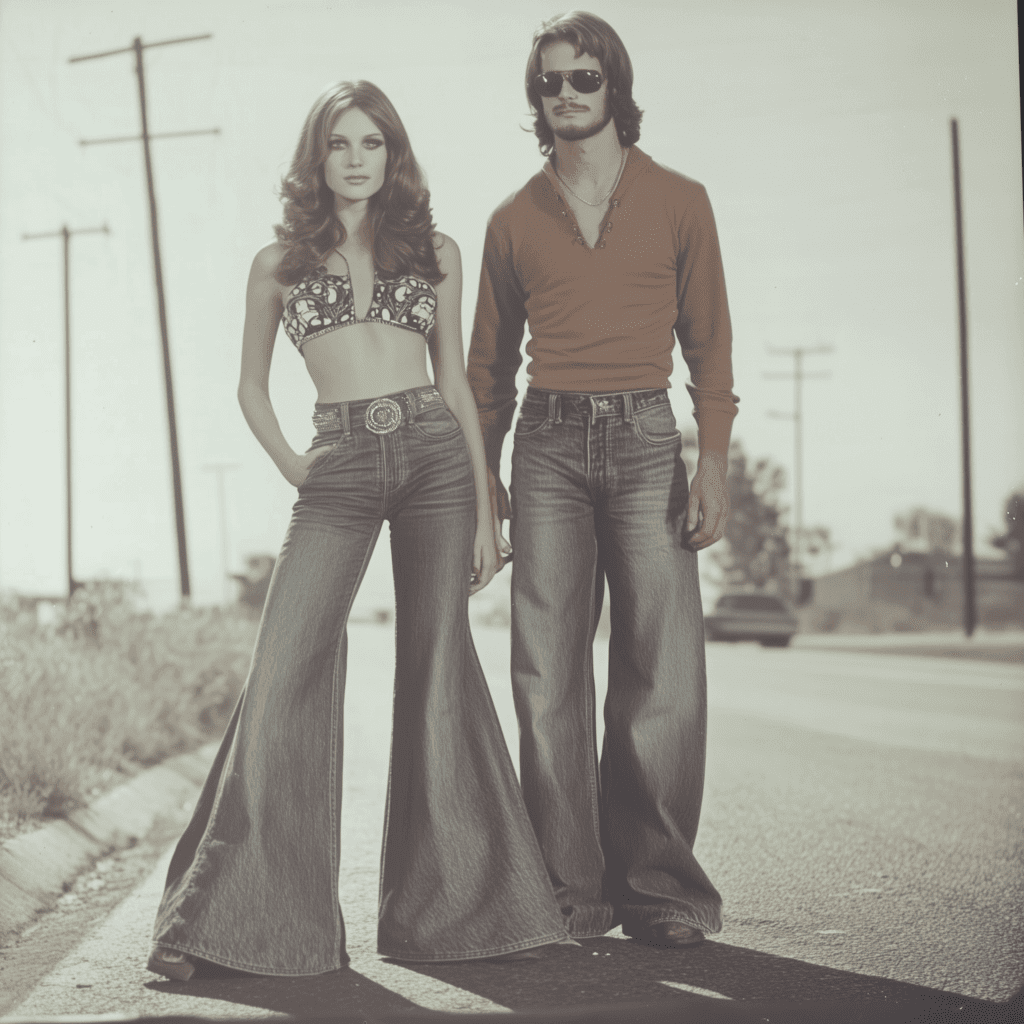
At the forefront of this relaxed revolution were flared jeans and bell bottoms. Originally popular with sailors (fun fact: they were designed to be easily rolled up when washing ship decks!), bell bottoms hit mainstream fashion hard. By the mid-70s, they became synonymous with youth culture. Everyone from John Travolta in Saturday Night Fever to ABBA rocking stage costumes sported them. They weren’t just pants — they were a lifestyle statement.
Alongside jeans came turtlenecks, slogan tees, and corduroy pants. Turtlenecks became the go-to intellectual and minimalist staple, worn by icons like Diane Keaton, who famously paired them with menswear in Annie Hall. Meanwhile, slogan tees — think “Have a Nice Day” or “Peace and Love” — turned wardrobes into billboards for social change. A 1970s newspaper even complained that “people wear T-shirts now instead of expressing themselves in conversation.” Corduroy pants? Extra cool and extra noisy — some kids joked they could never sneak up on anyone wearing them!
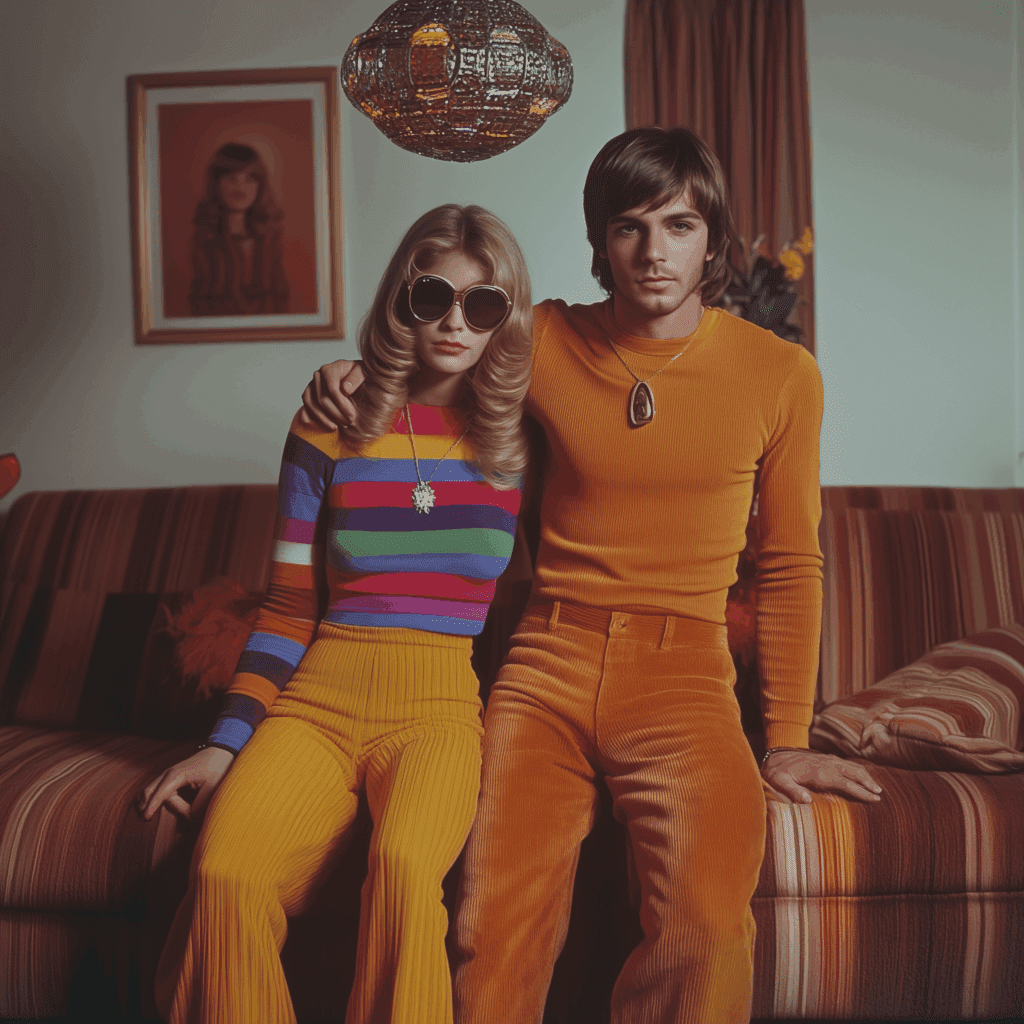
Of course, it was Diane von Fürstenberg’s wrap dress that added a touch of effortless sophistication to casualwear. Launched in 1974, this genius garment wrapped around the body, flattering curves and making women feel confident and powerful. Even royalty loved it: Princess Diana wore them in her early years, showing the world that everyday elegance didn’t need fuss or frills. A funny fact? Diane herself once quipped that the wrap dress was perfect because “you could get out of it faster than you could get into it” — and women everywhere agreed.

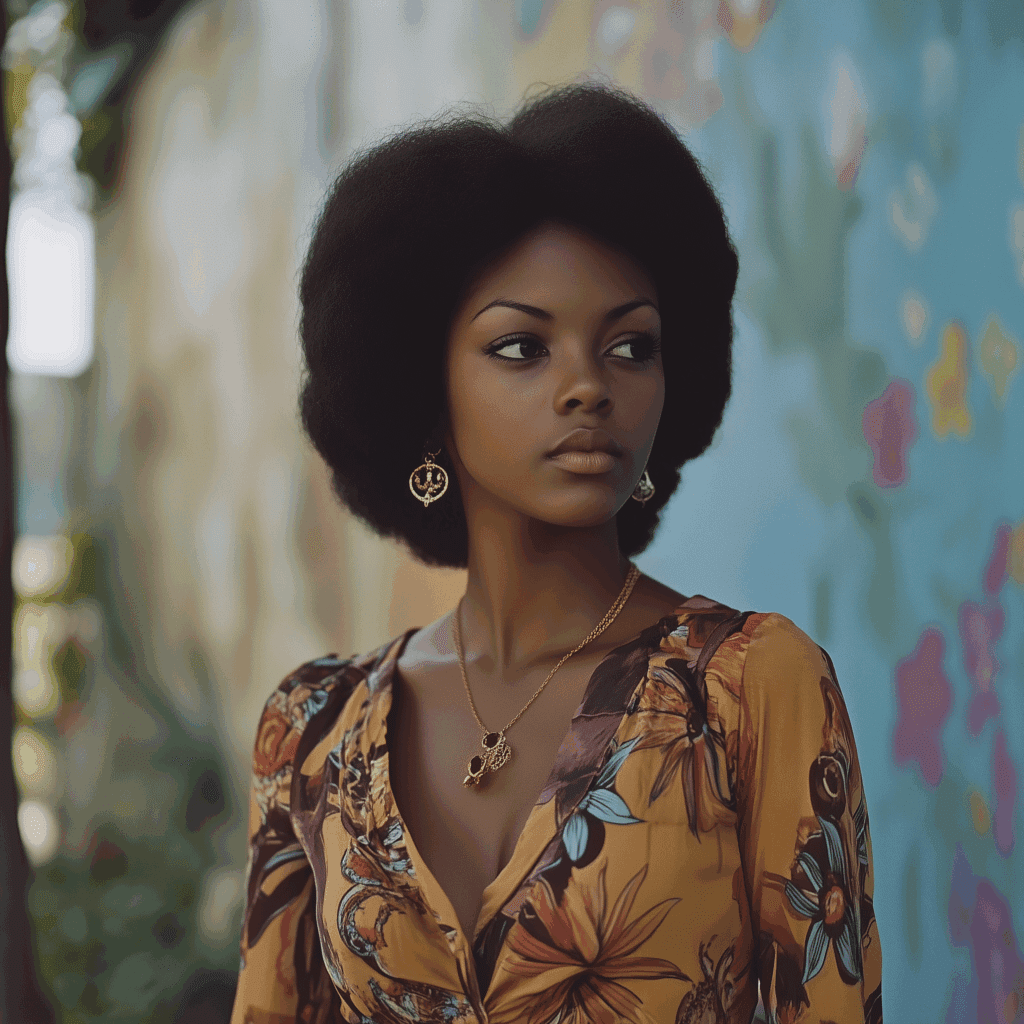

As the decade drew to a close, tracksuits and casual sportswear began to rise — not just for gym-goers, but as streetwear. Inspired by jogging becoming a national craze (helped by President Jimmy Carter, who was often spotted jogging in his), tracksuits became the uniform of laid-back cool. Bruce Lee made them famous in martial arts circles, while later disco and hip-hop stars brought them to the dance floor. And yes — it wasn’t long before velour versions crept into closets, much to the delight (and embarrassment) of many retro enthusiasts today.


Ultimately, everyday wear in the 70s became about balancing ease with personality. Whether flared, wrapped, corded, or elasticated — each piece was about movement, self-expression, and living life unbuttoned. While trends have come and gone, the spirit of 70s casualwear remains timeless: confident, a little rebellious, and always ready for the spotlight… or the sofa.
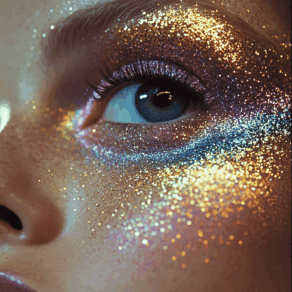
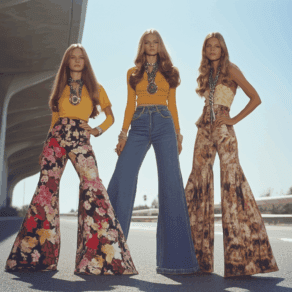
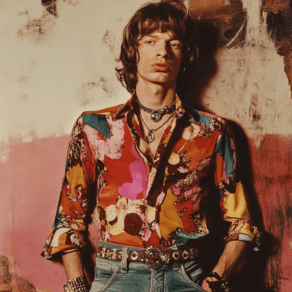
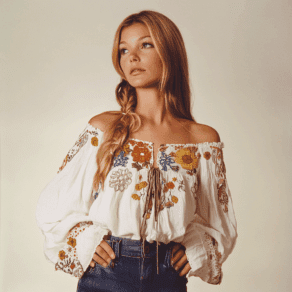

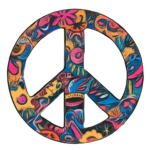
Leave a Comment